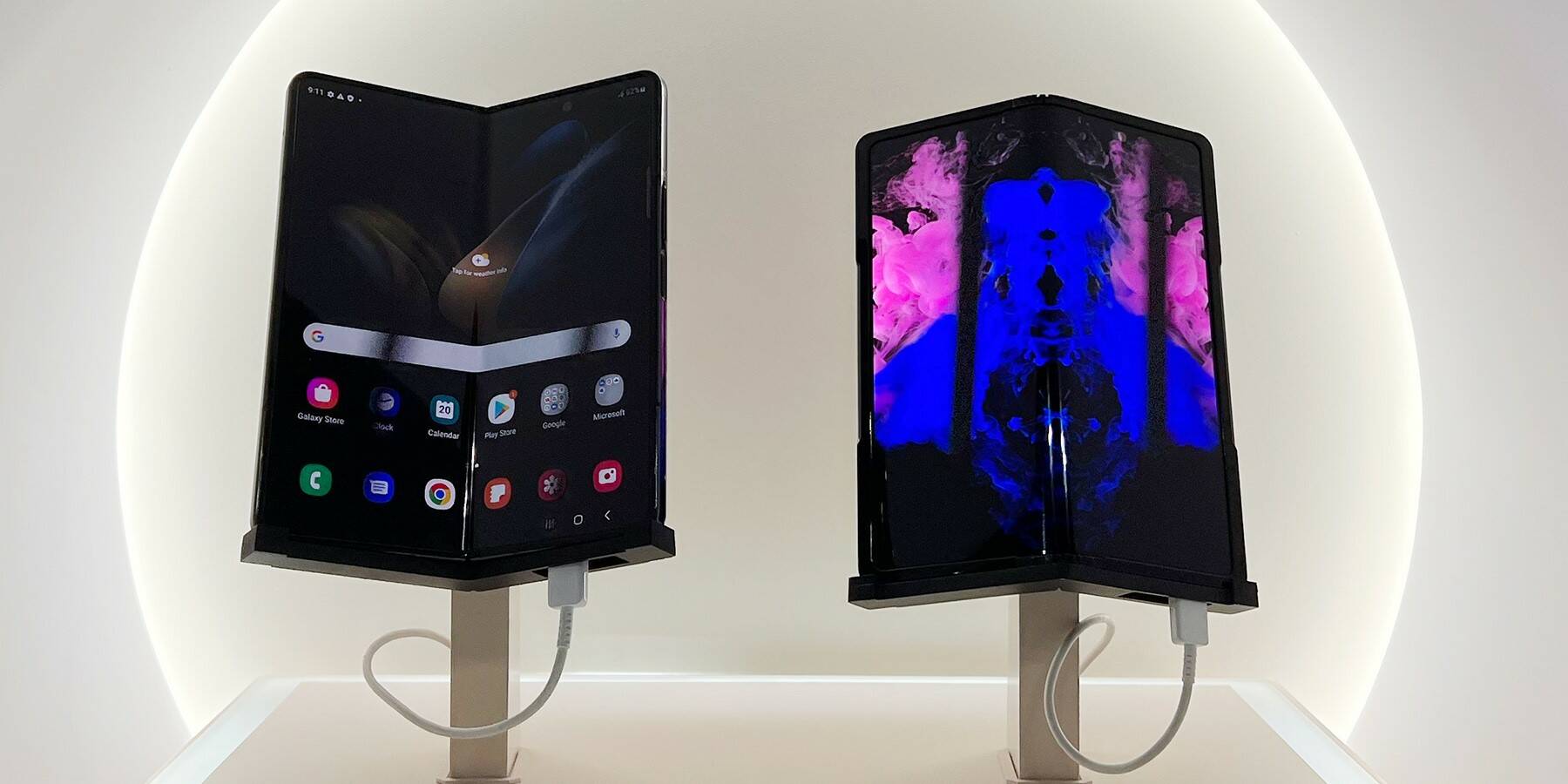Samsung's Screens Will Check Your Blood Pressure If The Movie's Too Scary

Video Korean giant Samsung has shown off what it reckons might just be the future of display tech.
One of the chaebol's visions is for an OLED screen that can take your blood pressure and measure your heart rate, after first identifying you with a fingerprint.
Importantly, the entire display can read your prints. That's a change from current under-screen fingerprint readers, which are discrete components placed under a section of a smartphone display.
A Samsung spokesperson explained that the display's heart monitoring tricks are made possible because "OLED light is reflected differently depending on the contraction and relaxation of the blood vessels inside the finger, and when it returns to the panel, the OPD recognizes it and converts it into health information."
The spokesperson also pointed out that the most accurate blood pressure readings involve measurements taken from both arms. This screen can apparently get close to that accuracy by measuring blood pressure from a finger on each hand. Samsung reckons that makes it ideal for wearable devices.
Samsung also used the Society for Information Display's annual Display Week to show off a rollable screen that can expand from 49mm to 254.4mm in length. Rollables aren't entirely new, Samsung asserts its "Rollable Flex" effort is the first to offer 5x growth.
The conglomerate’s Display Week exhibit also featured prototypes of something called "Flex Hybrid" – said to combine "both foldable and slidable technologies," and a "Slidable Flex Solo" tablet computer than can scale from a 13-inch tablet to a 17-inch screen.
- Samsung's Galaxy S23 Ultra is a worthy heir to the Note
- Samsung scores fresh Radeon deal with AMD for Exynos chip line ahead of profit crunch
- Samsung takes $3.1B gamble on OLED displays for tablets and notebooks
- Lenovo launches face-mounted monitor
Another item on display is called "Flex In & Out" and is billed by Samsung as a "new foldable phone concept that can be folded both inward and outward 360 degrees."
"The 'in-folding' form factor, which can only be folded inward, requires a separate external panel to view information while folded" the tech giant lamented, describing its current Galaxy Z folding smartphones. Apparently Flex In & Out overcomes that, and therefore means external screens aren't needed on folding phones – "opening up the possibility of lighter and thinner foldable phones."
Which are certainly needed because the current models are on track to win a meager 2.6 percent market share by 2026, with price and bulk among buyers' objections.
Interestingly, Samsung seems concerned that plenty of punters don't care about its display tech: it runs a site that allows users to look up their Samsung device and learn if it uses an OLED screen. It will soon add laptops and tablet lookups to the site. ®
From Chip War To Cloud War: The Next Frontier In Global Tech Competition
The global chip war, characterized by intense competition among nations and corporations for supremacy in semiconductor ... Read more
The High Stakes Of Tech Regulation: Security Risks And Market Dynamics
The influence of tech giants in the global economy continues to grow, raising crucial questions about how to balance sec... Read more
The Tyranny Of Instagram Interiors: Why It's Time To Break Free From Algorithm-Driven Aesthetics
Instagram has become a dominant force in shaping interior design trends, offering a seemingly endless stream of inspirat... Read more
The Data Crunch In AI: Strategies For Sustainability
Exploring solutions to the imminent exhaustion of internet data for AI training.As the artificial intelligence (AI) indu... Read more
Google Abandons Four-Year Effort To Remove Cookies From Chrome Browser
After four years of dedicated effort, Google has decided to abandon its plan to remove third-party cookies from its Chro... Read more
LinkedIn Embraces AI And Gamification To Drive User Engagement And Revenue
In an effort to tackle slowing revenue growth and enhance user engagement, LinkedIn is turning to artificial intelligenc... Read more

